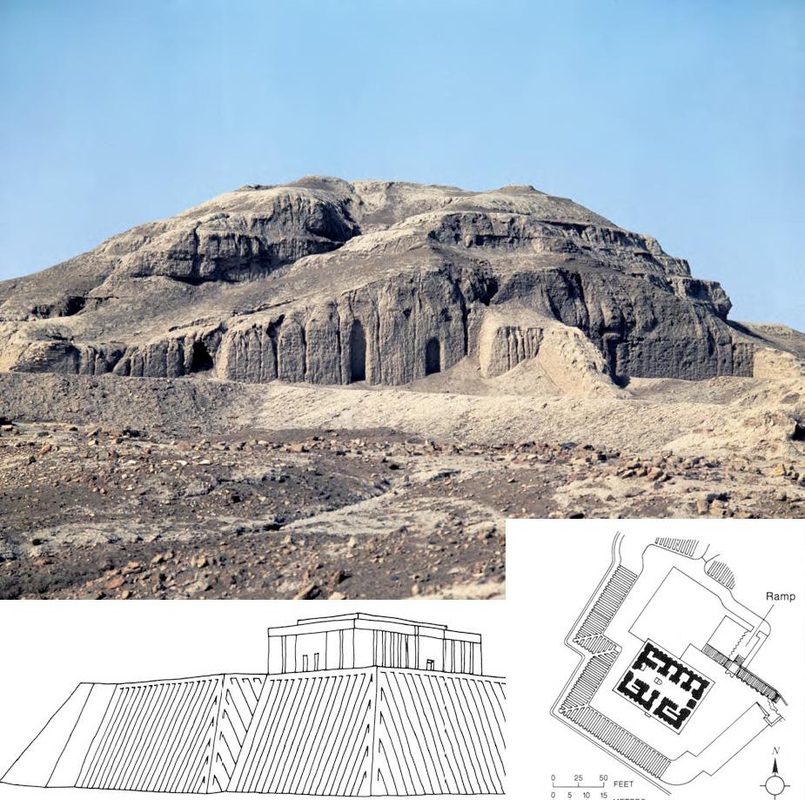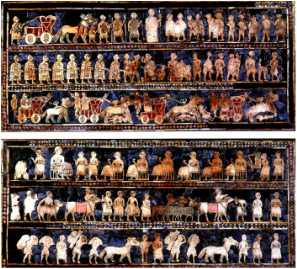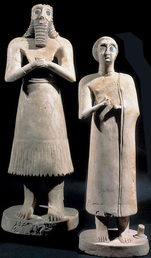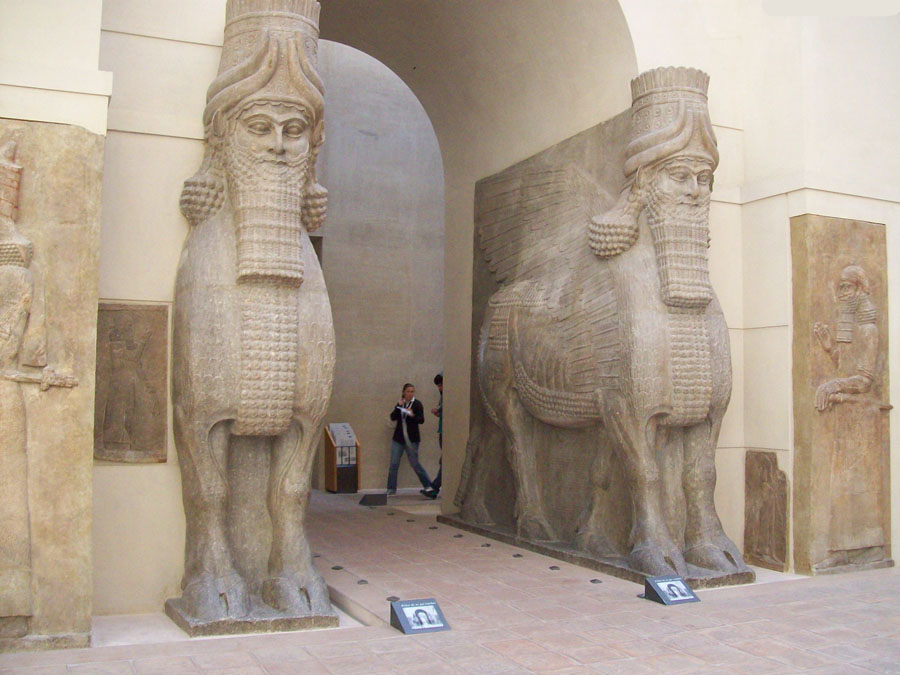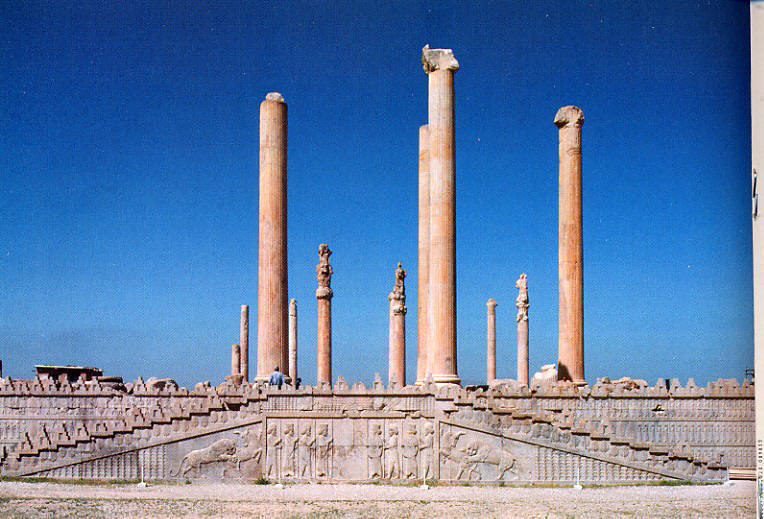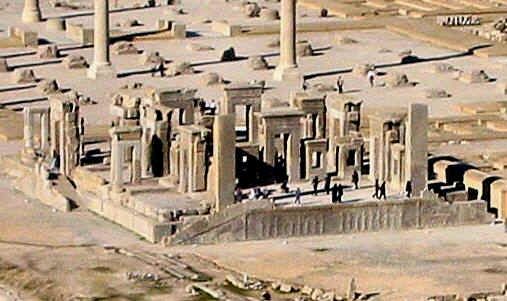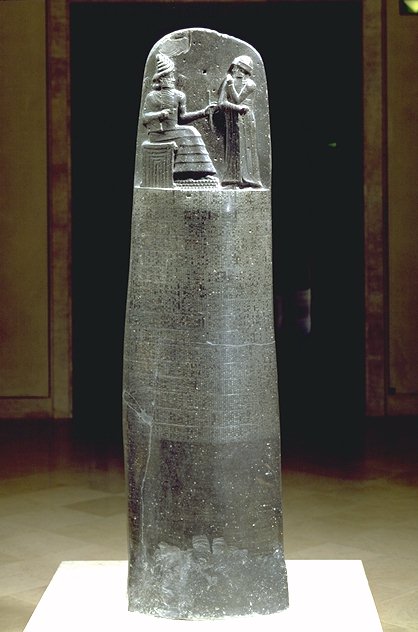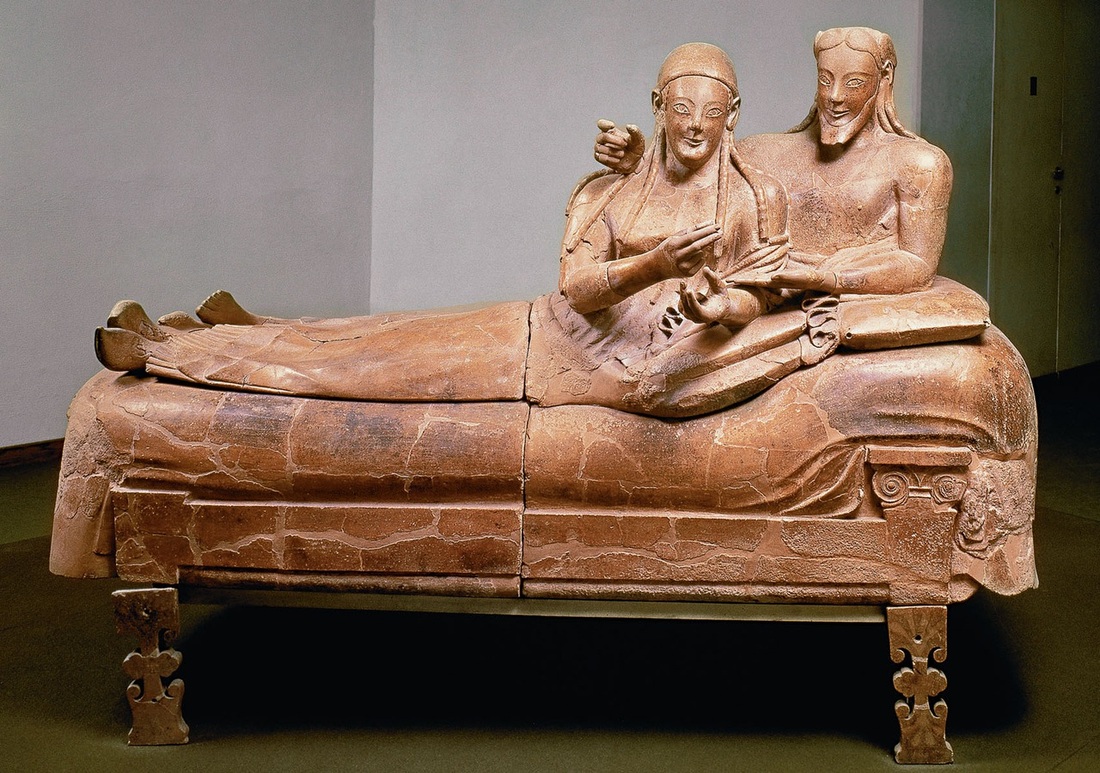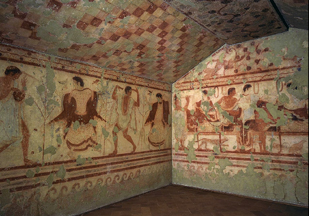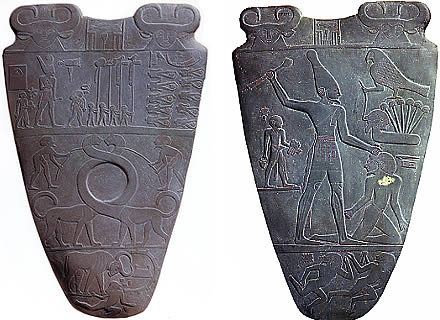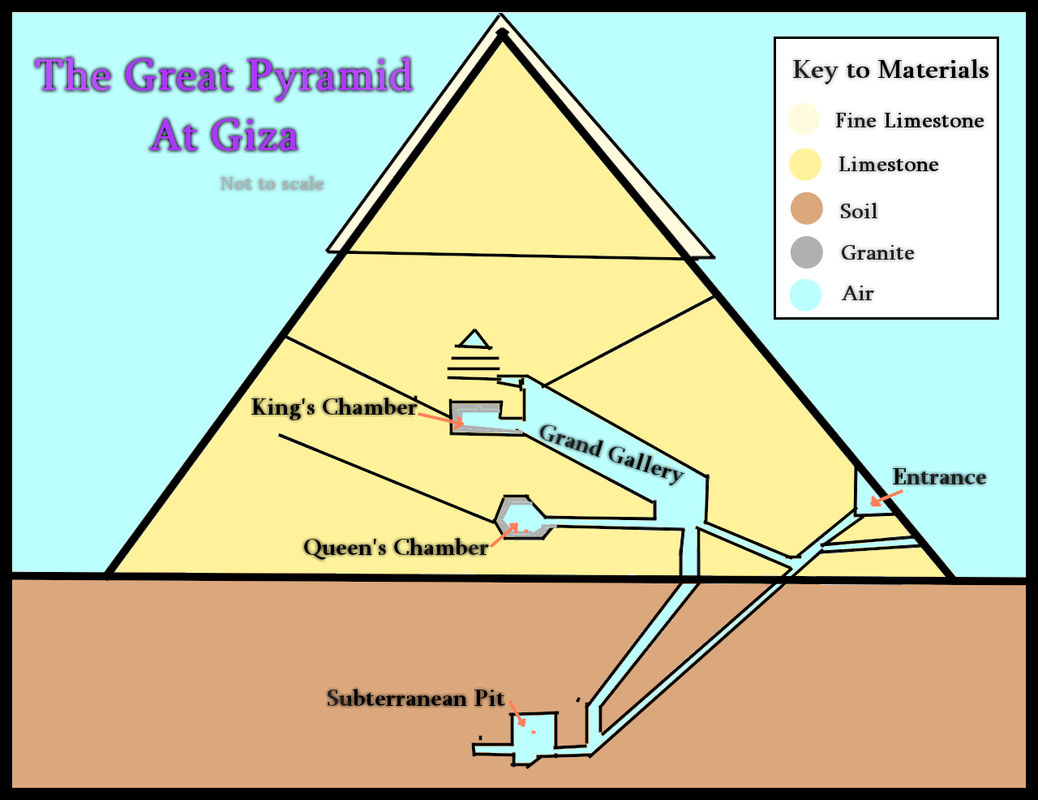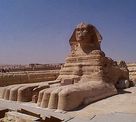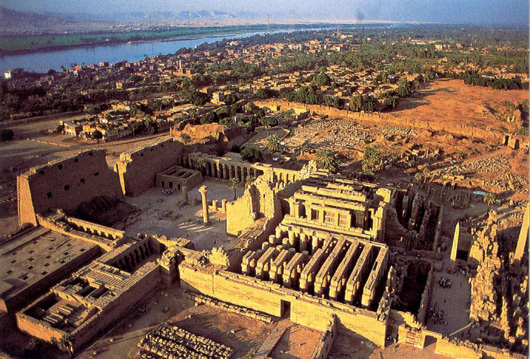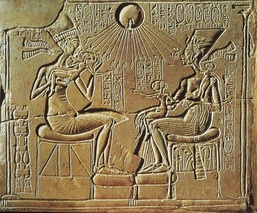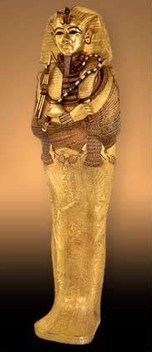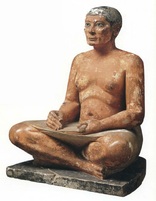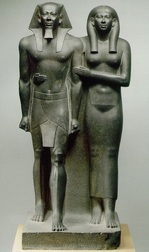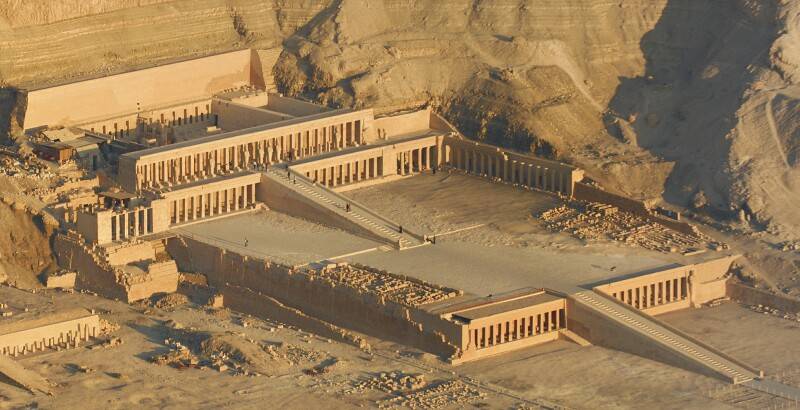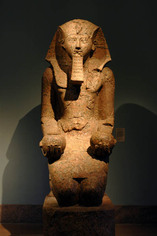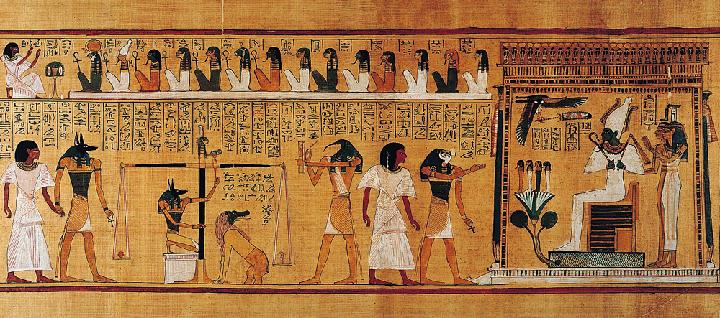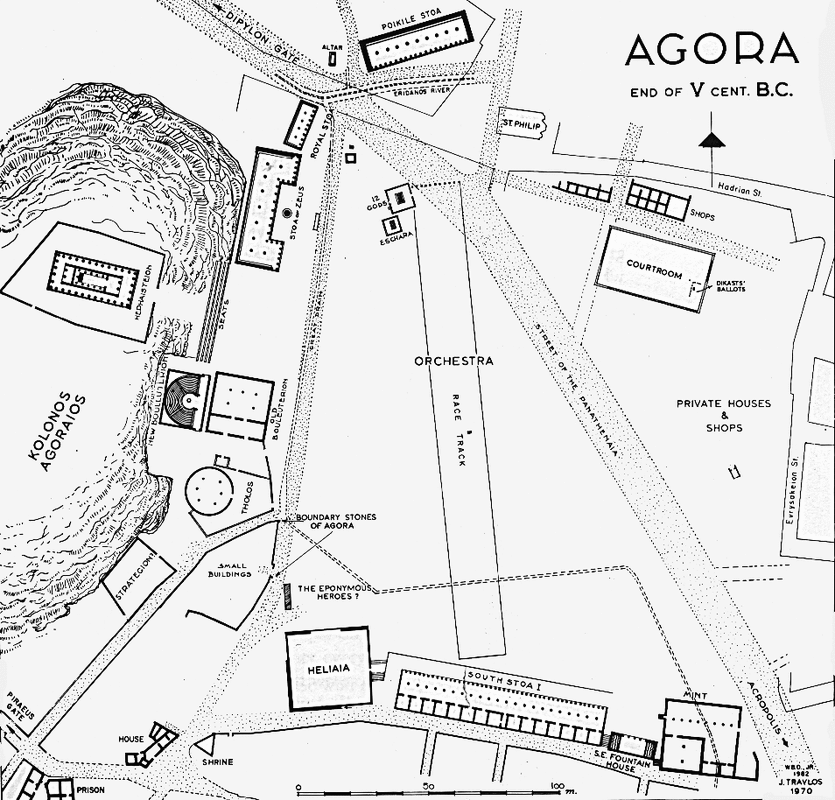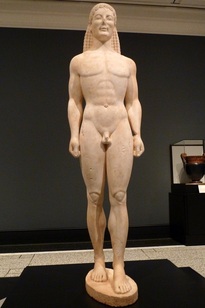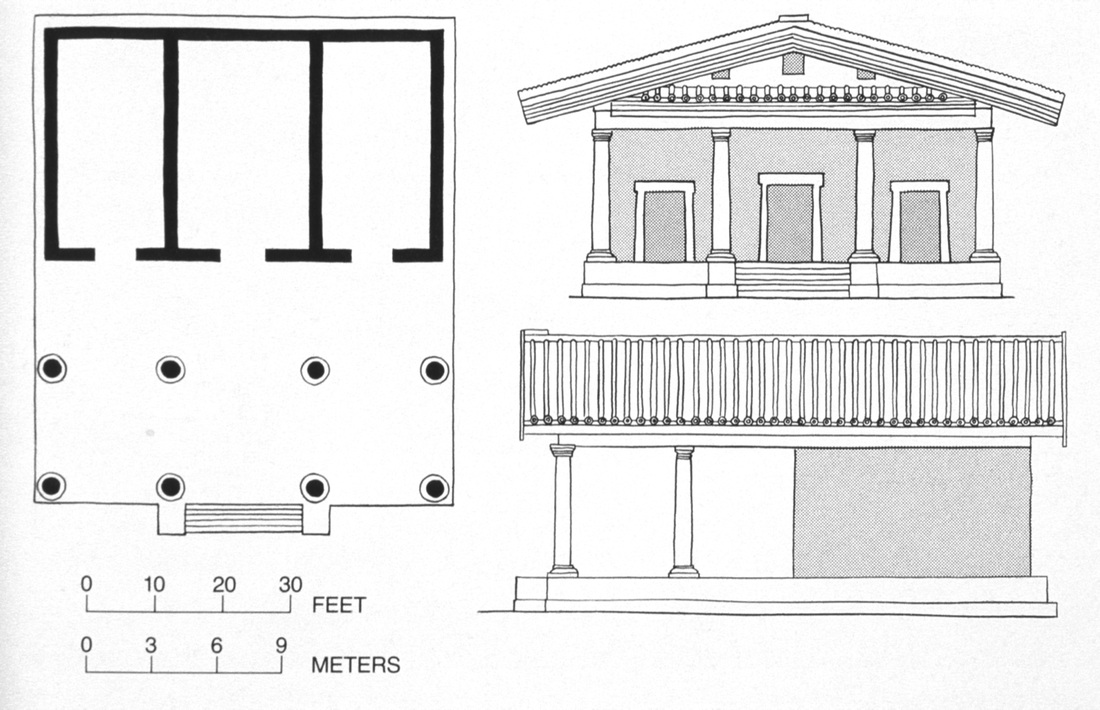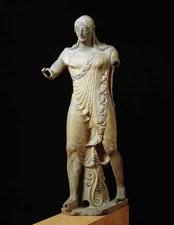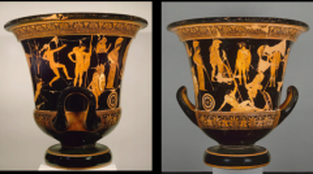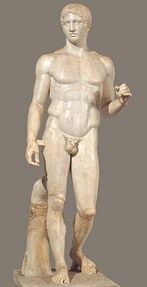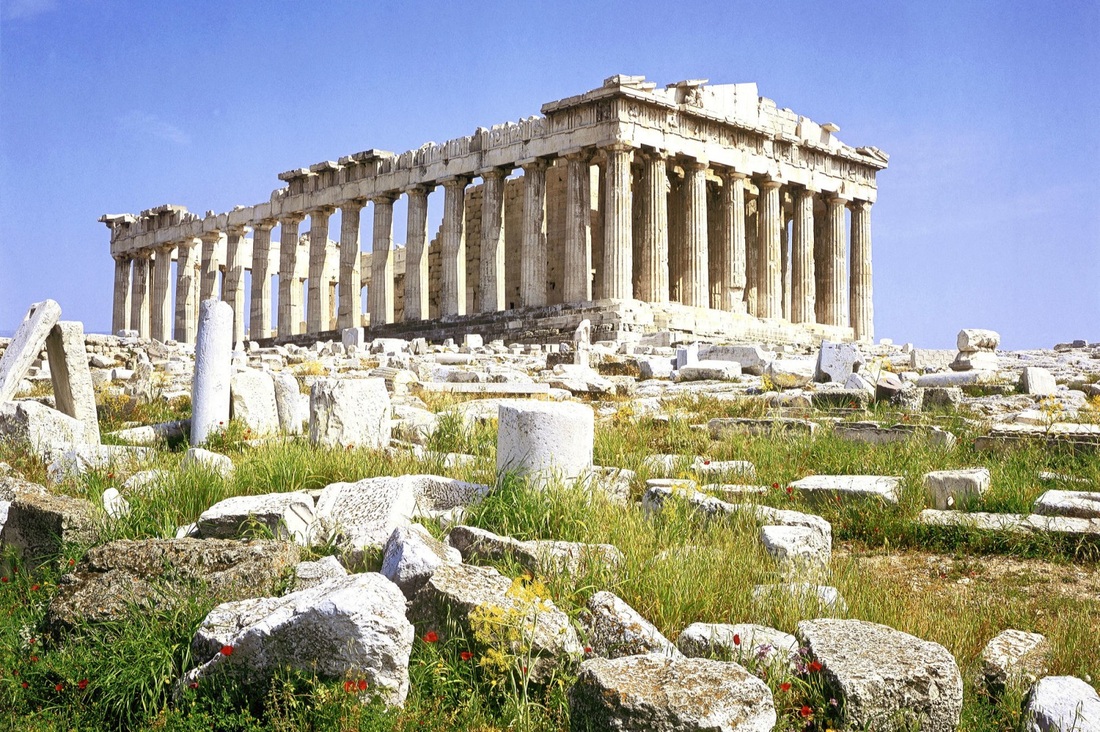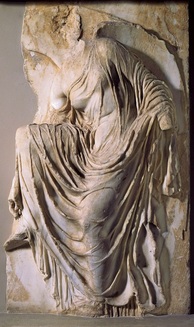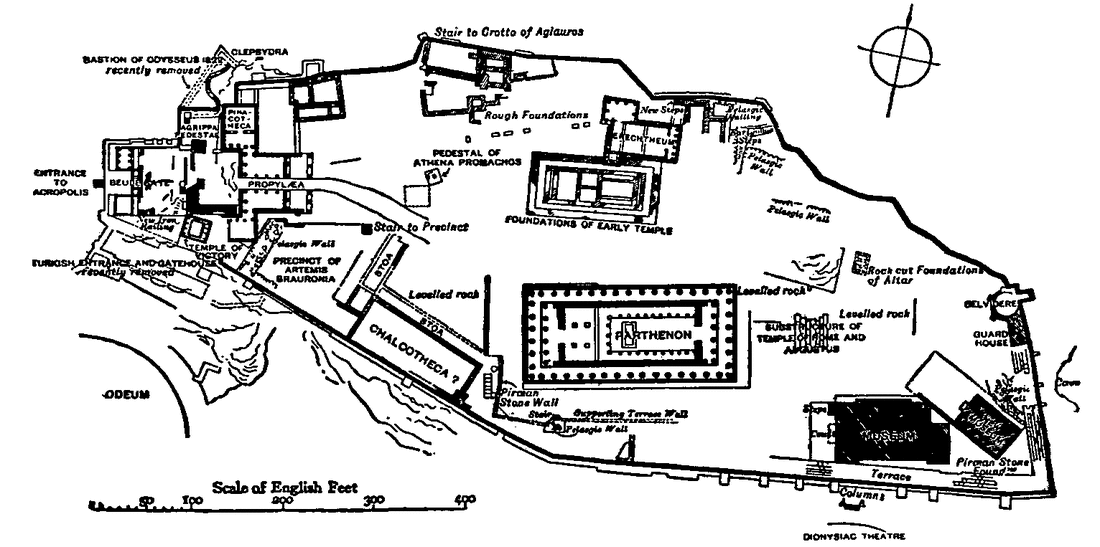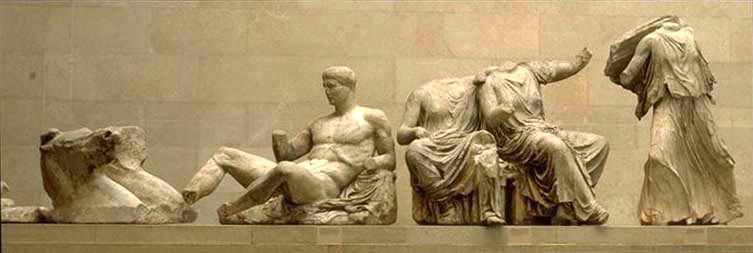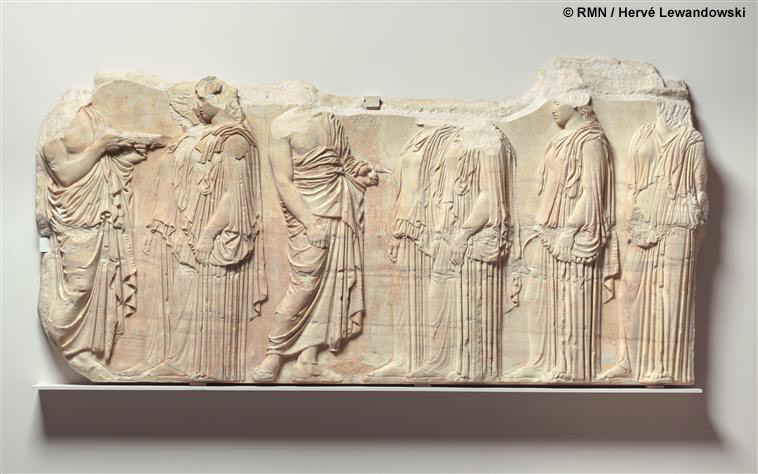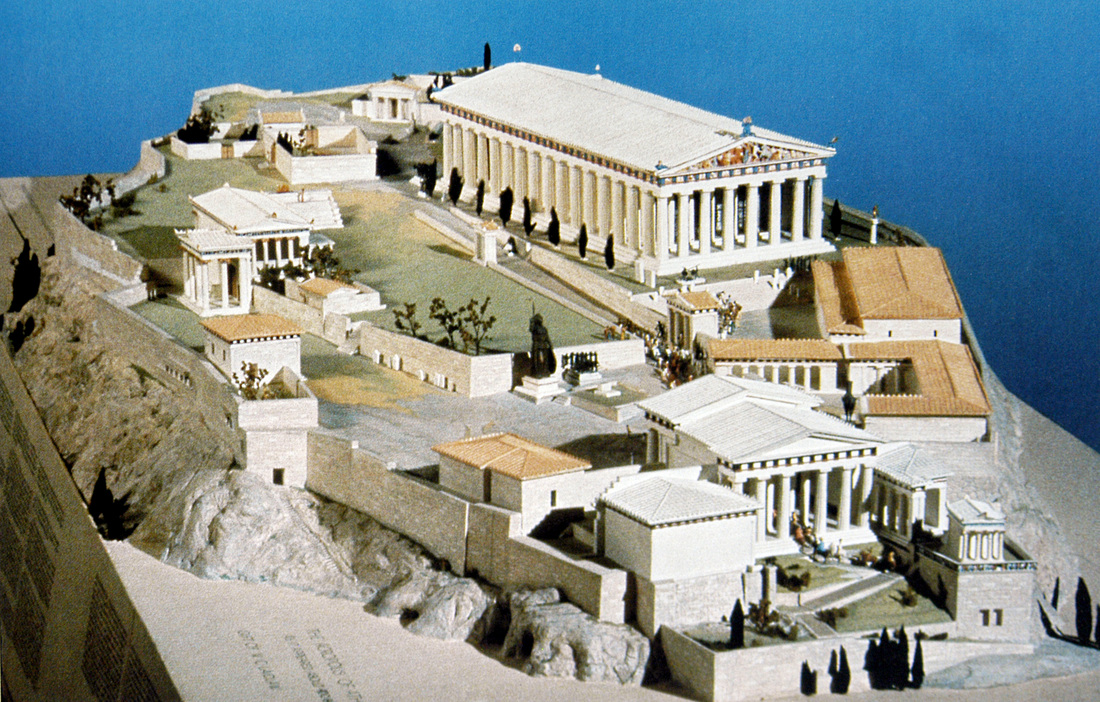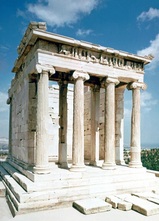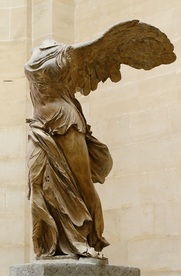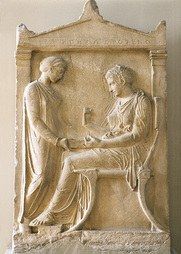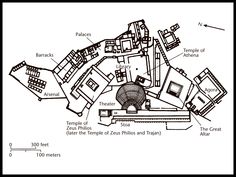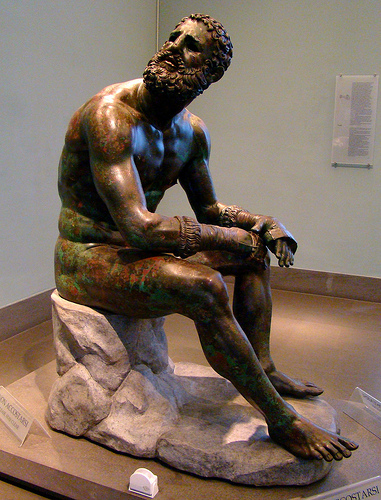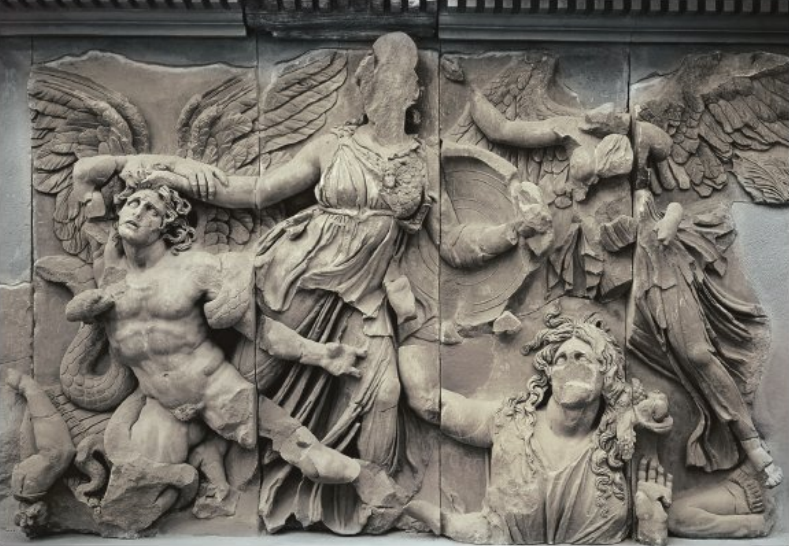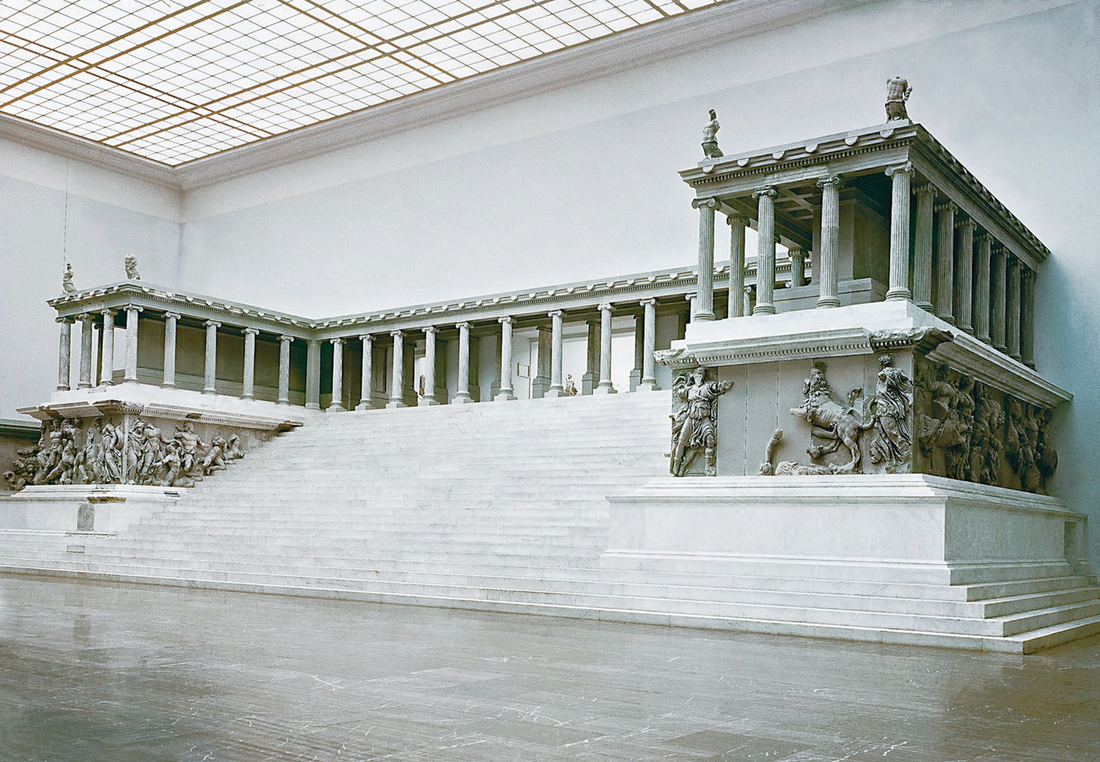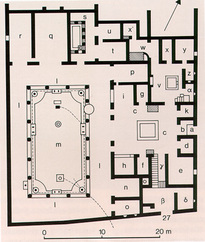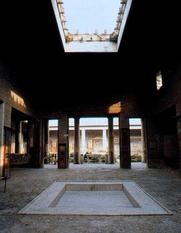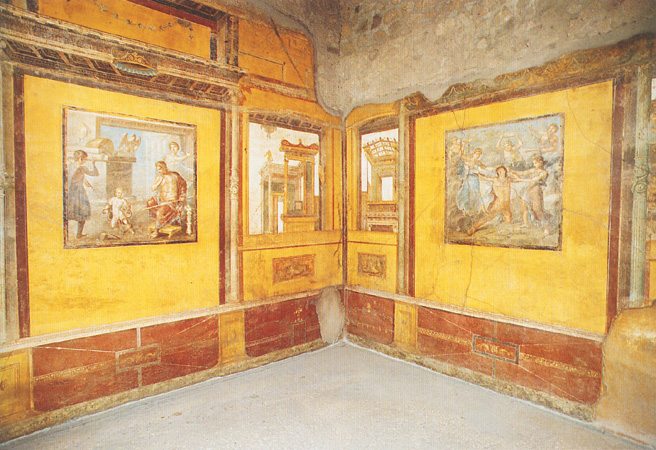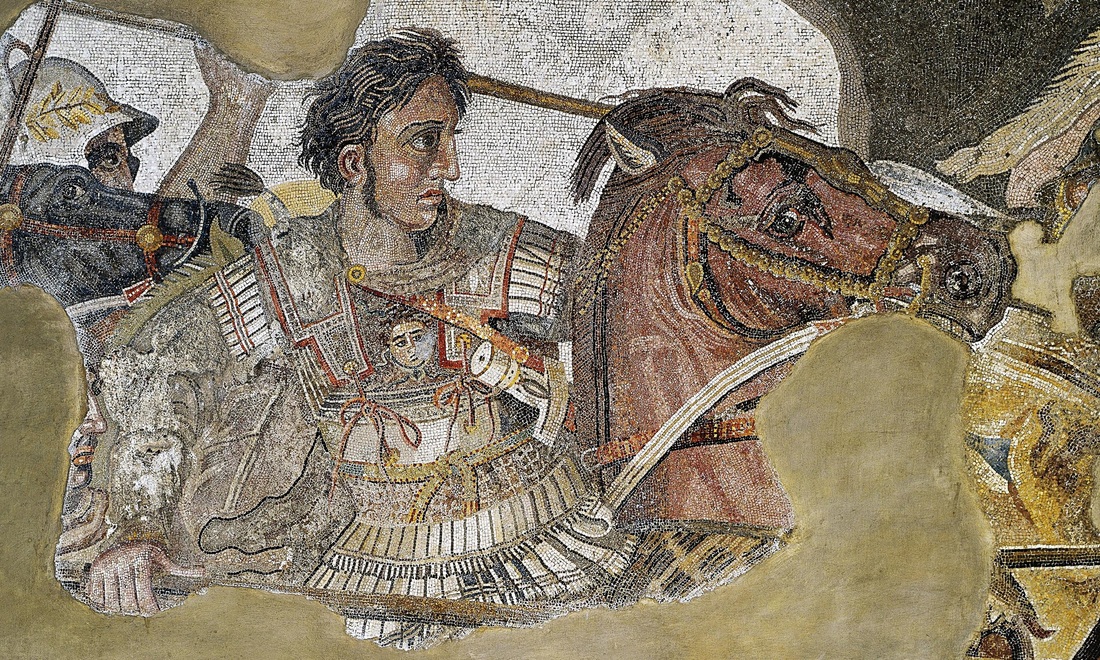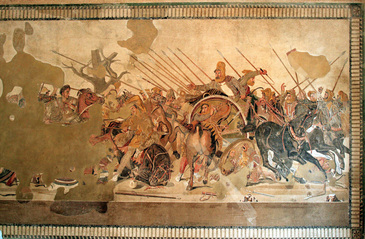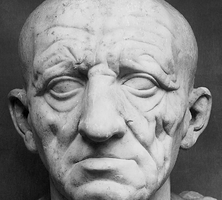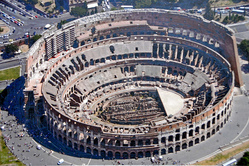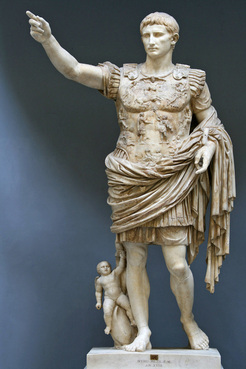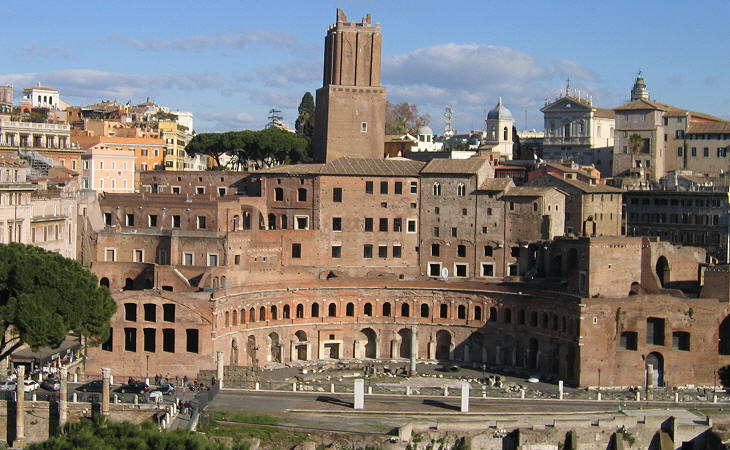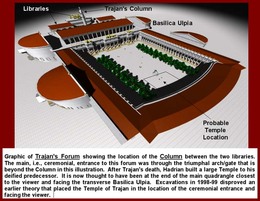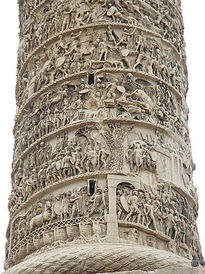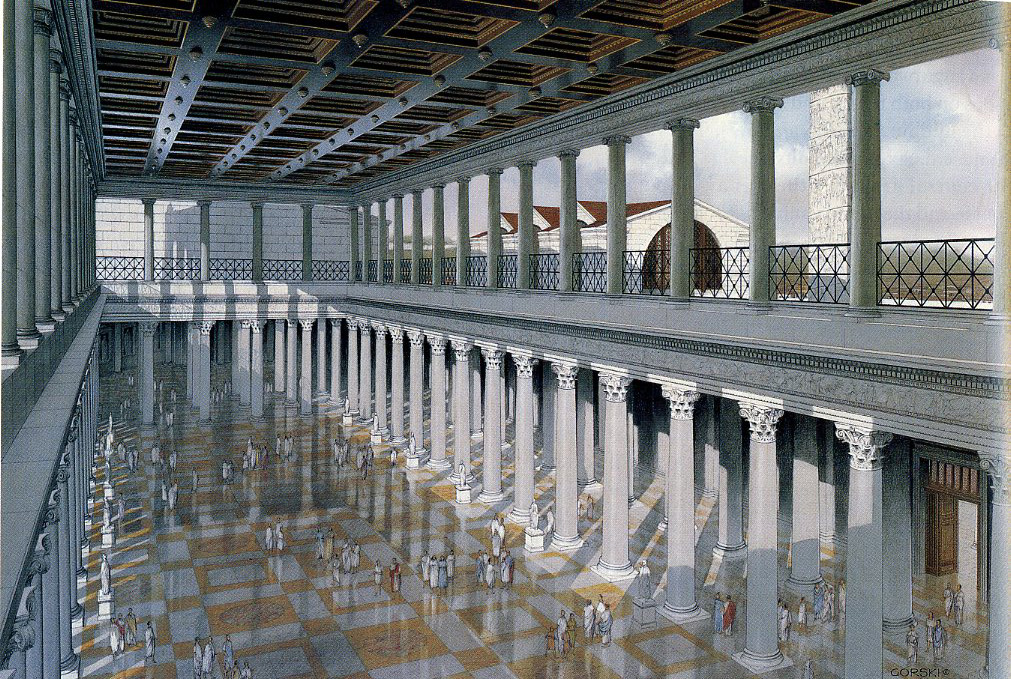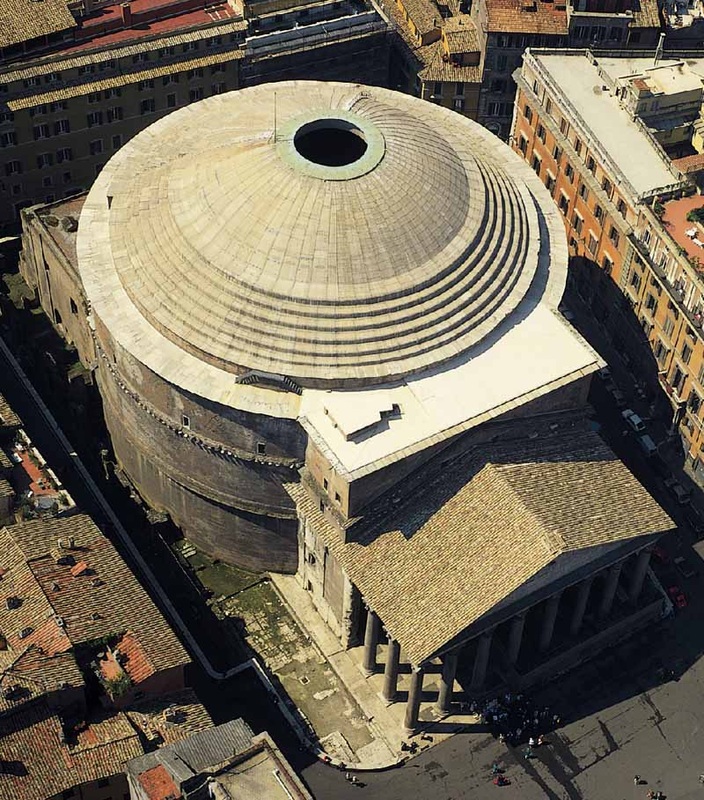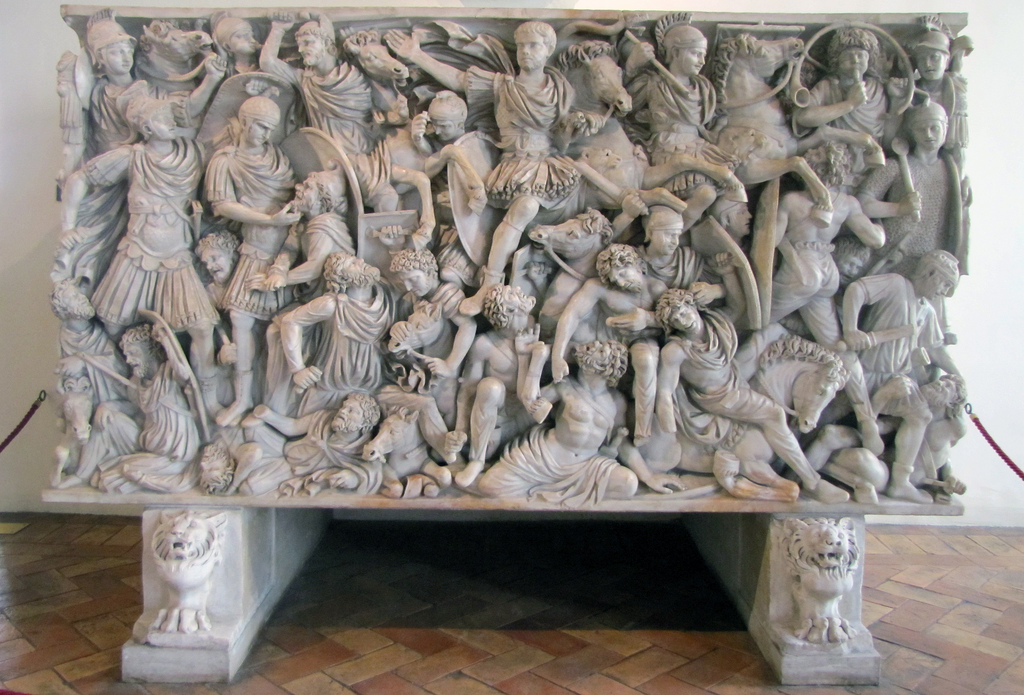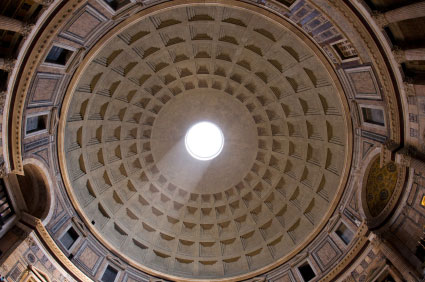Ancient Mediterranean
3,500 B.C.E - 300 C.E
Artistic traditions of the ancient Near East and dynastic Egypt focused on representing royal figures and divinities and on the function of funerary and palatial complexes within their cultural contexts. Works of art illustrate the active exchange of ideas and reception of artistic styles among the Mediterranean cultures and the subsequent influence on the classical world.
Religion plays a significant role in the art and architecture of the ancient Near East, with cosmology guiding representation of deities and kings who themselves assume divine attributes. (Khan Academy)
Religion plays a significant role in the art and architecture of the ancient Near East, with cosmology guiding representation of deities and kings who themselves assume divine attributes. (Khan Academy)
Here is a Word document with all of the Ancient Mediterranean images.
| 2._ancient_med_images.docx | |
| File Size: | 5684 kb |
| File Type: | docx |
Here is the PowerPoint I showed in class
| 2my_ppt_for_teaching_am2.pdf | |
| File Size: | 7698 kb |
| File Type: | |
Checklist for Flashcards
| _grade_sheet_for_am_flashcards.xlsx | |
| File Size: | 11 kb |
| File Type: | xlsx |
Handouts from Class
|
| ||||||||||||||||||||||||
Polyklitos Essays
|
|
|
| ||||||||||||||||||||||||
Recorded Lessons:
Sumerian
Babylonian, Assyrian, Persian
Etruscan
Egyptian
|
Palette of Narmer - Egypt, c.3000-2920BCE, Greywacke
Great Sphinx - Giza, Egypt, c.2550-2490BCE, Cut limestone
Great Pyramids - Giza, Egypt, c.2550-2490BCE, Cut Limestone Temple of Amun-Re - Luxor, Egypt, c.1250BCE, cut sandstone and mud brick
Akhenaton, Nefertiti, and three daughters - Amarna, Egypt, c.1353-1335BCE, limestone
Tutankhamun's Tomb, innermost coffin - Egypt, c.1323BCE, Gold with inlay of enamel and semi-precious stones
|
Seated Scribe - Egypt, c.2650-2500BCE, Painted Limestone
King Menkaura and his Queen - Egypt, c. 2490-2472BCE, Greywacke
Above Left - Temple of Amun-Re plan - Luxor, Egypt, c. 1550BCE, cut sandstone and mud brick
Above right - Hypostyle Hall - Luxor, Egypt, c.1250BCE, cut sandstone and mud brick Mortuary Temple of Hatshepsut - Luxor, Egypt, c.1473-1458BCE, Sandstone, partially carved into a rock cliff, and red granite
Kneeling Statue of Hatshepsut - Luxor, Egypt, c.1473-1458BCE, Sandstone
Last Judgment of Hu-Nefer - Egypt, c.1275BCE, Painted Papyrus scroll
|
Greece
Athenian Agora reconstruction and site plan - Greece, Archaic through Hellenistic, c.600BCE-150CE,
|
Parthenon at the Acropolis - Athens, Greece, c.447-410BCE, Marble
Victory Adjusting her Sandal - at the Acropolis - Athens, Greece, c.447-410BCE, Marble
|
Acropolis Complex attributed to Iktinos and Kallikrates - Athens, Greece, c.447-410BCE, site plan
Helios, Horses, and Dionysus at the Acropolis - Athens, Greece, c.447-410BCE, Marble
Plaque of the Ergastines - at the Acropolis - Athens, Greece, c.447-410BCE, Marble
|
|
Great Altar of Zeus and Athena at Pergamon, Asia Minor/Present-day Turkey - Hellenistic Greek, c.175BCE, Site Plan
Seated Boxer - Hellenistic Greek, c.100BCE, Bronze
|
Detail of Athena at the Great Altar of Zeus and Athena at Pergamon, Asia Minor/Present-day Turkey - Hellenistic Greek, c.175BCE, Marble
|
Great Altar of Zeus and Athena at Pergamon, Asia Minor/Present-day Turkey - Hellenistic Greek, c.175BCE, Marble
|
Roman
Frescoes at the House of the Vetti, Pompeii, Italy - Imperial Roman, c. second century BCE, rebuilt c.62-79CE, cut stone and fresco
